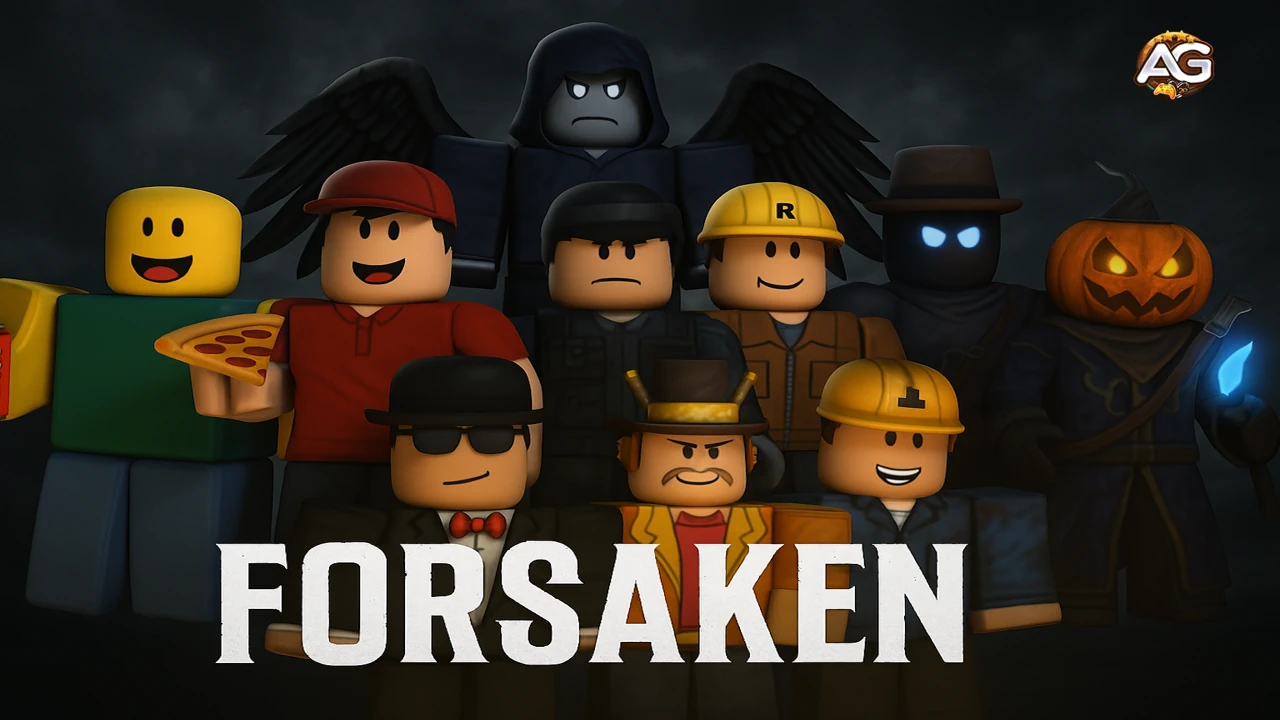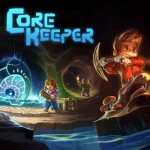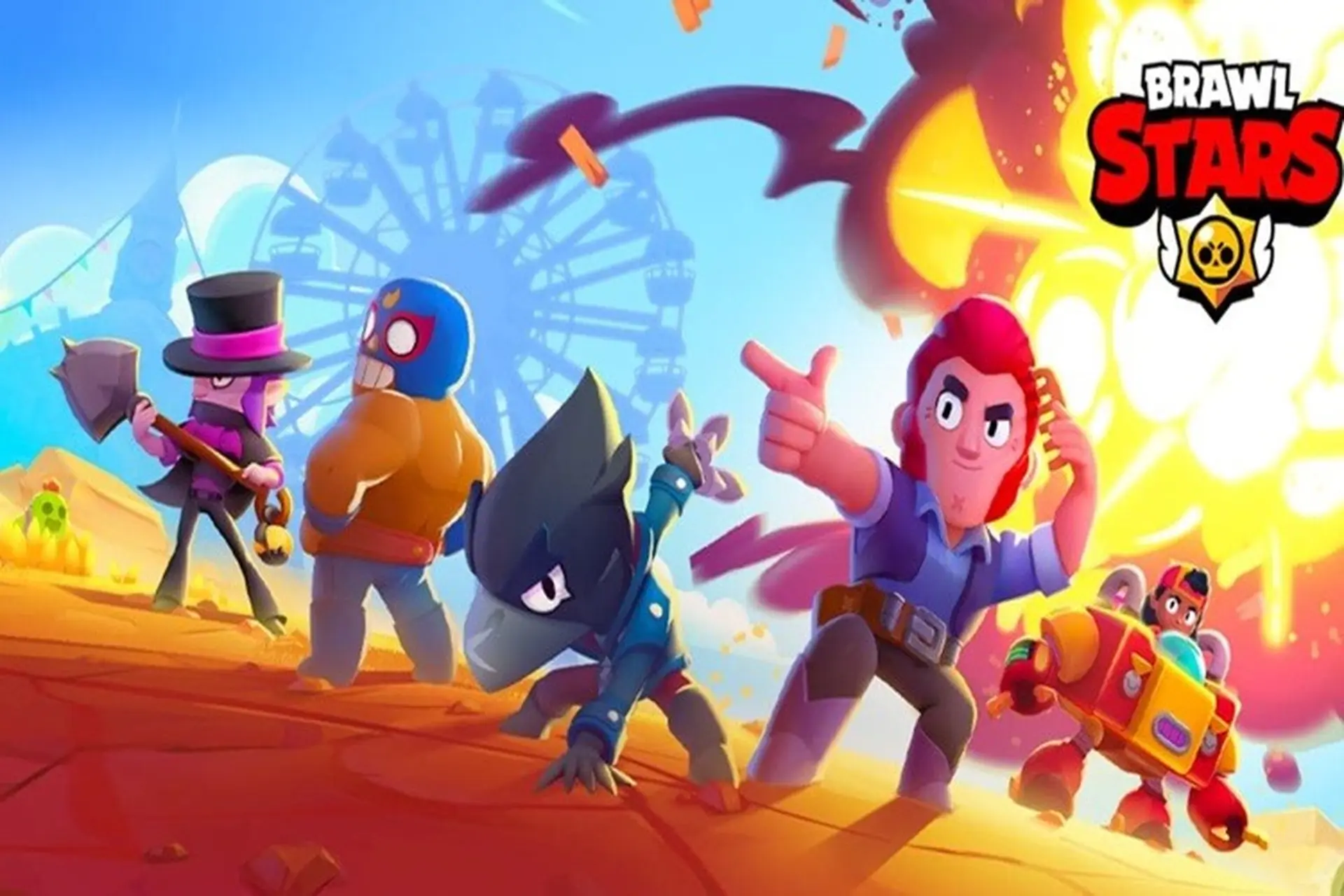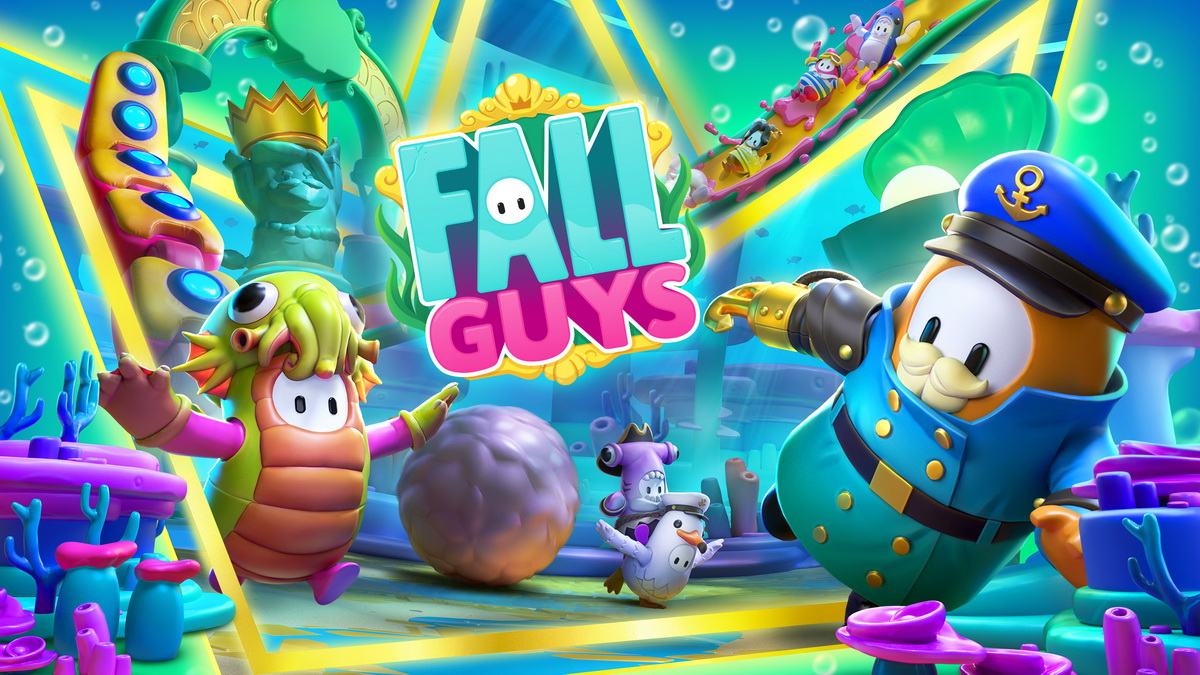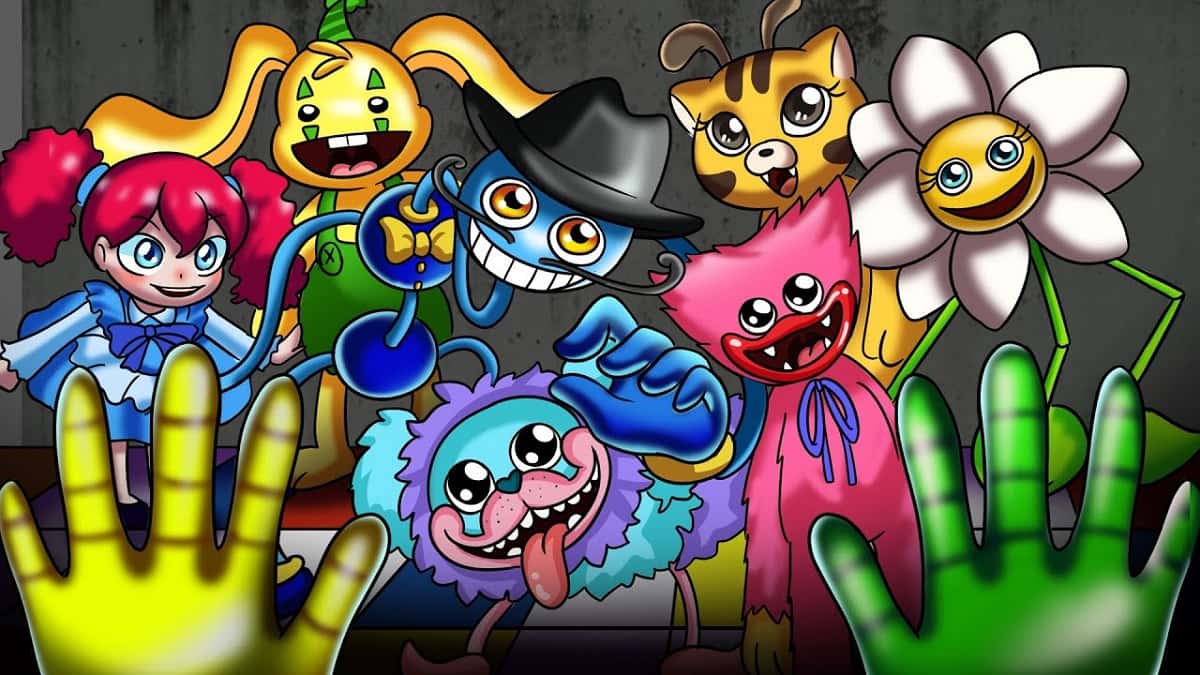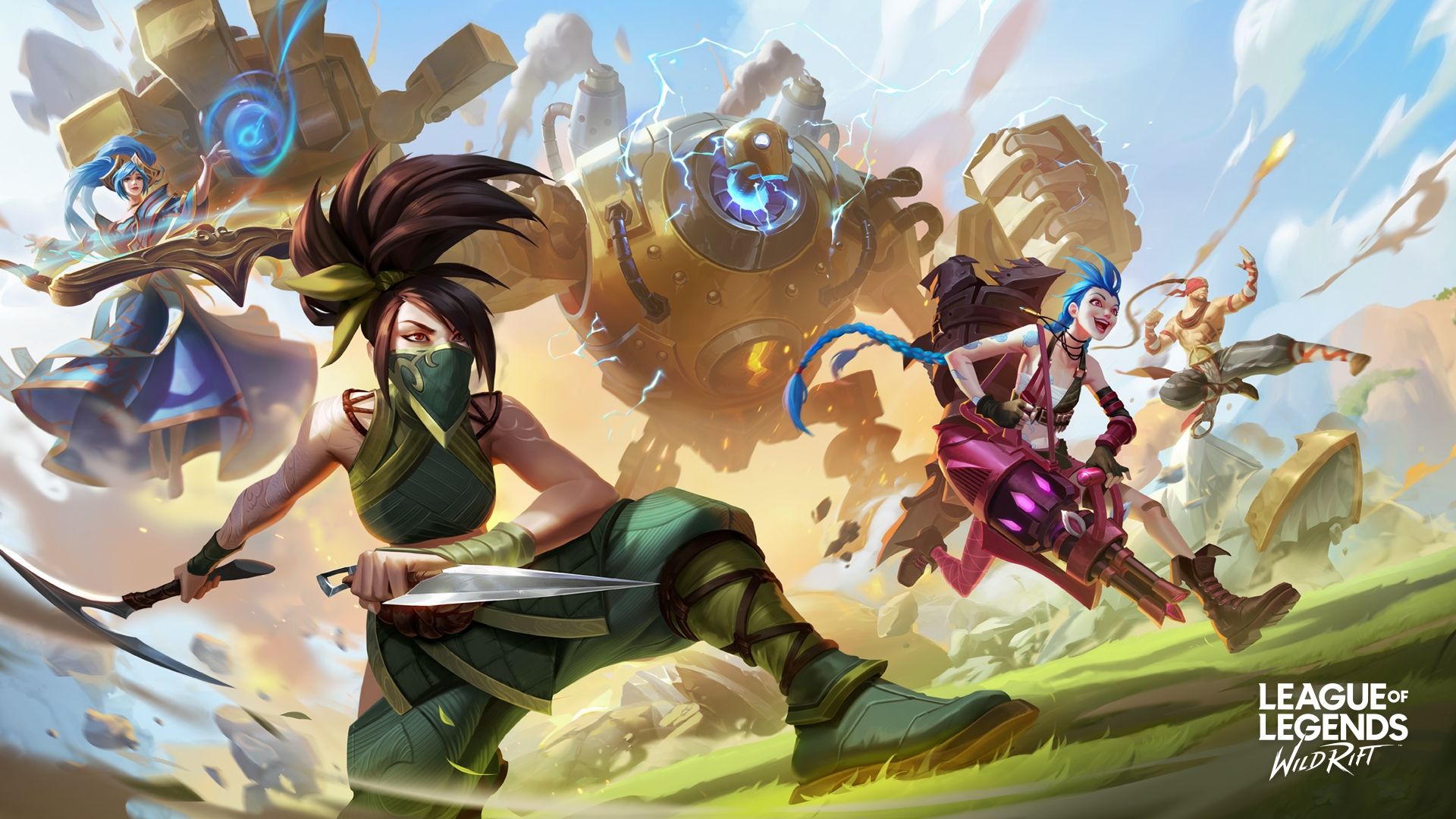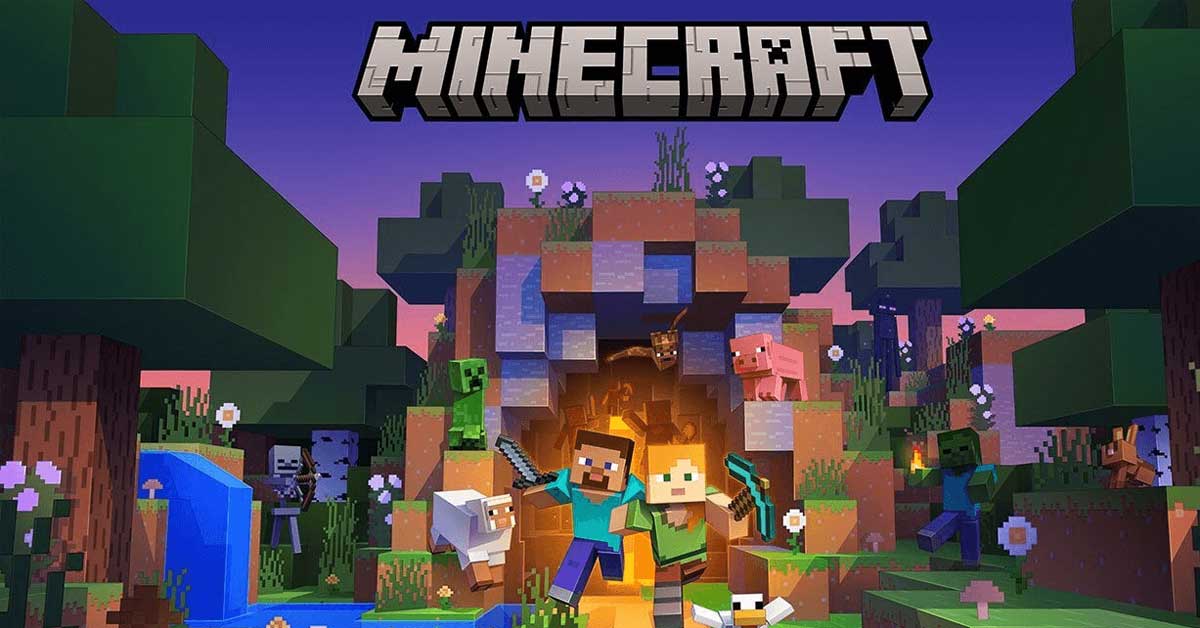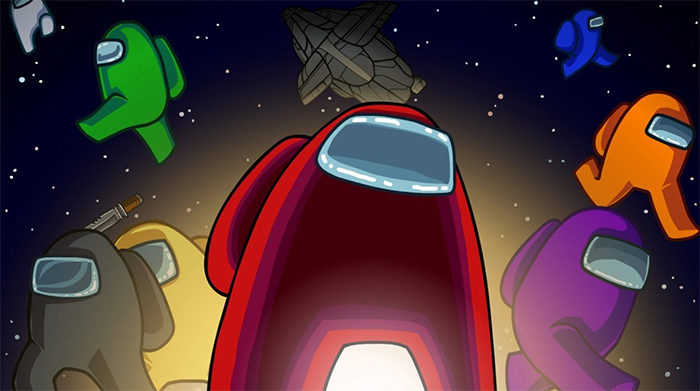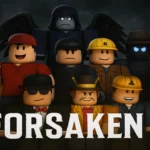1. Origins and Etymology of “Forsaken”
The word “forsaken” derives from the Old English term forsacan, meaning “to renounce” or “give up entirely.” It is the past participle of forsake, combining the prefix “for-” (meaning completely) and “sacan” (meaning to dispute or reject). From its linguistic birth, the term carried the weight of complete abandonment.
Over time, the term evolved. In medieval texts, it became associated with moral or spiritual desertion. Forsaking was no longer just physical abandonment; it was often used in the context of leaving behind values, God, or family. The word became deeply embedded in both sacred and secular language, reflecting not just separation, but a severing of bonds once thought permanent.
2. Ancient Myths: Forsaken in Foundational Narratives
In ancient mythology, abandonment is a frequent and powerful motif. The Greek myth of Persephone, kidnapped by Hades and taken to the underworld, represents a young girl forsaken by the living world and even, temporarily, by her mother Demeter. Her absence brings about winter—a symbolic depiction of lifelessness and mourning.
Another classic example is the story of Aeneas in Roman mythology. After the fall of Troy, Aeneas is “forsaken” by his homeland and later leaves behind Dido, the Queen of Carthage, which leads to her death. These stories reflect not only personal abandonment but also national and cultural displacement. Being forsaken becomes a turning point in myth—a moment that spurs transformation or tragedy.
3. Forsakenness in the Bible: A Spiritual Trial
The Bible uses the word “forsaken” more than 100 times, highlighting its theological and emotional significance. In the Old Testament, God frequently warns that those who break the covenant will be forsaken. Yet, there are also moments where the people of Israel feel abandoned by God during times of suffering and exile.
In the New Testament, the most well-known moment of forsakenness comes during the crucifixion. Jesus cries out, “My God, my God, why have you forsaken me?”—a line that echoes Psalm 22. This moment is pivotal. It speaks to the full human experience of abandonment, even by God, and symbolizes the depth of sacrifice. Forsakenness here becomes not only despair but also a bridge to redemption.
4. Medieval Interpretations: Forsaking the World or Being Forsaken by It
In medieval Christian thought, forsaking the world was often seen as a virtue. Monks and hermits deliberately withdrew from society to seek closeness with God. However, those who were excommunicated or declared heretics were truly forsaken by the Church—cut off from salvation and community.
This period also saw the rise of spiritual writings that described feelings of divine abandonment. Mystics like St. John of the Cross wrote about “the dark night of the soul,” a time of feeling utterly forsaken by God, even in pursuit of Him. It was considered a necessary stage on the journey toward spiritual enlightenment—a paradox where being forsaken was part of being chosen.
5. Renaissance and Romanticism: Forsaken Lovers and Tragic Heroes
The Renaissance and later the Romantic period brought emotional and poetic depth to the idea of being forsaken. Tragic lovers and brooding heroes filled the pages of literature. In Shakespeare’s plays, characters like Othello and Lear are forsaken—by lovers, daughters, or sanity—leading to profound tragedy.
Romantic poets like Byron and Shelley often wrote about existential abandonment. To them, to be forsaken was to be alive in a world indifferent to suffering. Mary Shelley’s “Frankenstein” shows the monster being forsaken by his creator, which becomes the catalyst for vengeance. These stories reflect a growing fascination with loneliness as a deeply personal and philosophical condition.
6. Modern Literature and Cinema: Isolation in the 20th Century
As the 20th century unfolded—with its wars, industrialization, and shifting moral landscapes—the theme of forsakenness took on new forms. In existential literature, authors like Camus and Kafka explored a world in which individuals were forsaken not by specific people, but by meaning itself.
Cinema also embraced this motif. In classic film noir, heroes are often morally ambiguous, isolated, and betrayed. More recent films like Requiem for a Dream or Manchester by the Sea depict characters abandoned by systems, loved ones, or themselves. These narratives highlight the psychological weight of being forsaken and the difficulty of recovery.
7. Psychological Perspective: The Impact of Feeling Forsaken
Feeling forsaken is not just a literary or religious concept; it is a deep psychological experience. When someone feels abandoned—emotionally, physically, or socially—the brain registers it as a kind of trauma. This can lead to anxiety, depression, and even physical illness.
Common sources of this feeling include childhood neglect, relationship breakdowns, societal rejection, and existential crises. According to attachment theory, early experiences of being forsaken can shape how we connect with others as adults. Healing often involves re-establishing trust, creating safe relationships, and reconstructing a sense of self-worth.
Common signs of feeling forsaken:
-
Persistent loneliness
-
Feelings of unworthiness
-
Fear of intimacy or closeness
-
Emotional numbness
-
Deep-seated anger or despair
8. Social and Cultural Forsakenness: When Entire Communities Are Abandoned
Forsakenness also occurs on a societal scale. Marginalized communities—such as refugees, indigenous peoples, and racial minorities—are often forsaken by political systems and social institutions. They are denied basic rights, representation, and resources.
Movements for social justice often begin with a recognition of this abandonment. From the civil rights movement to indigenous land rights campaigns, forsaken voices have found ways to rise. Art, protest, and advocacy serve as powerful tools to transform societal forsakenness into collective empowerment.
9. Forsaken in Genre Fiction: From Fantasy to Horror
In fantasy and science fiction, forsakenness often drives world-building and character development. Characters like Frodo Baggins in The Lord of the Rings or Jon Snow in Game of Thrones feel forsaken in their burdens. Their loneliness becomes part of their hero’s journey.
In horror, the feeling of abandonment is literalized. Haunted houses, apocalyptic settings, and psychological thrillers all play on the fear of being completely alone. Films like The Babadook or Hereditary explore how being emotionally or spiritually forsaken can manifest as actual horror.
10. Redemption: Finding Light After Being Forsaken
While forsakenness is marked by loss, it often precedes healing. Many spiritual, literary, and psychological traditions see abandonment as a prelude to transformation. In narratives from Buddhism to psychotherapy, the moment of forsakenness is often when the self is stripped bare and begins anew.
Recovery involves reconnection—with others, with purpose, with self. In storytelling, characters who endure being forsaken often gain strength, insight, or clarity. They may return to community, redefine their identity, or become healers themselves. Redemption is not guaranteed, but it is possible.
Steps toward healing forsakenness:
-
Acknowledge the pain and loss honestly
-
Build supportive and affirming relationships
-
Reconnect with creativity or spirituality
-
Seek professional help if needed
-
Reframe the narrative: from victimhood to resilience
Conclusion
To be forsaken is one of the most painful human experiences. It strikes at our need for belonging, connection, and meaning. Yet it is also universal. From ancient myths and sacred scriptures to modern films and clinical psychology, the theme of forsakenness touches all aspects of life.
Understanding the layers of what it means to be forsaken allows us to better empathize—with ourselves, and with others. Whether it’s a person, a community, or a soul feeling left behind, the journey does not have to end there. Forsakenness can be the beginning of a new chapter—of resilience, purpose, and redemption.
